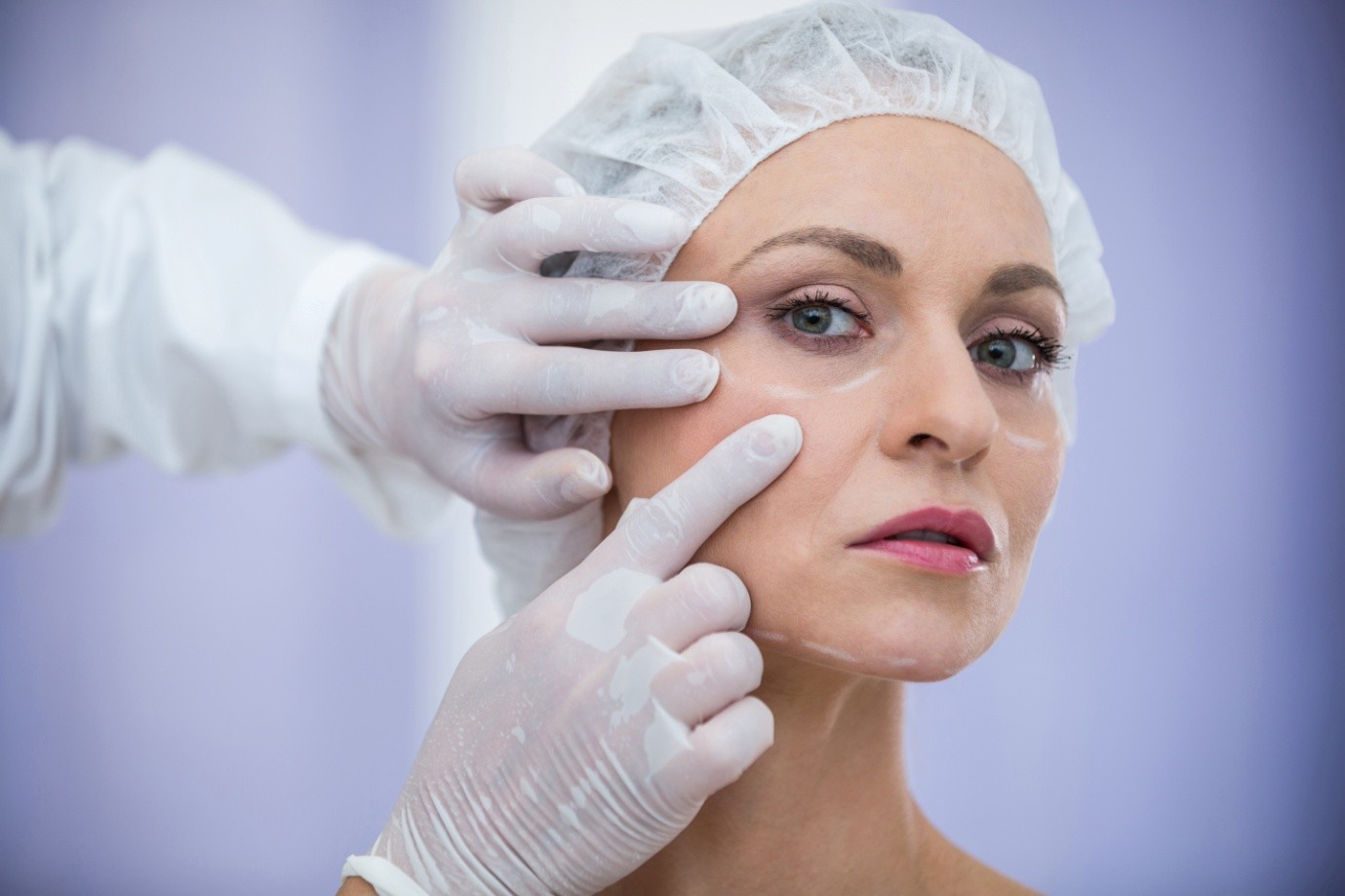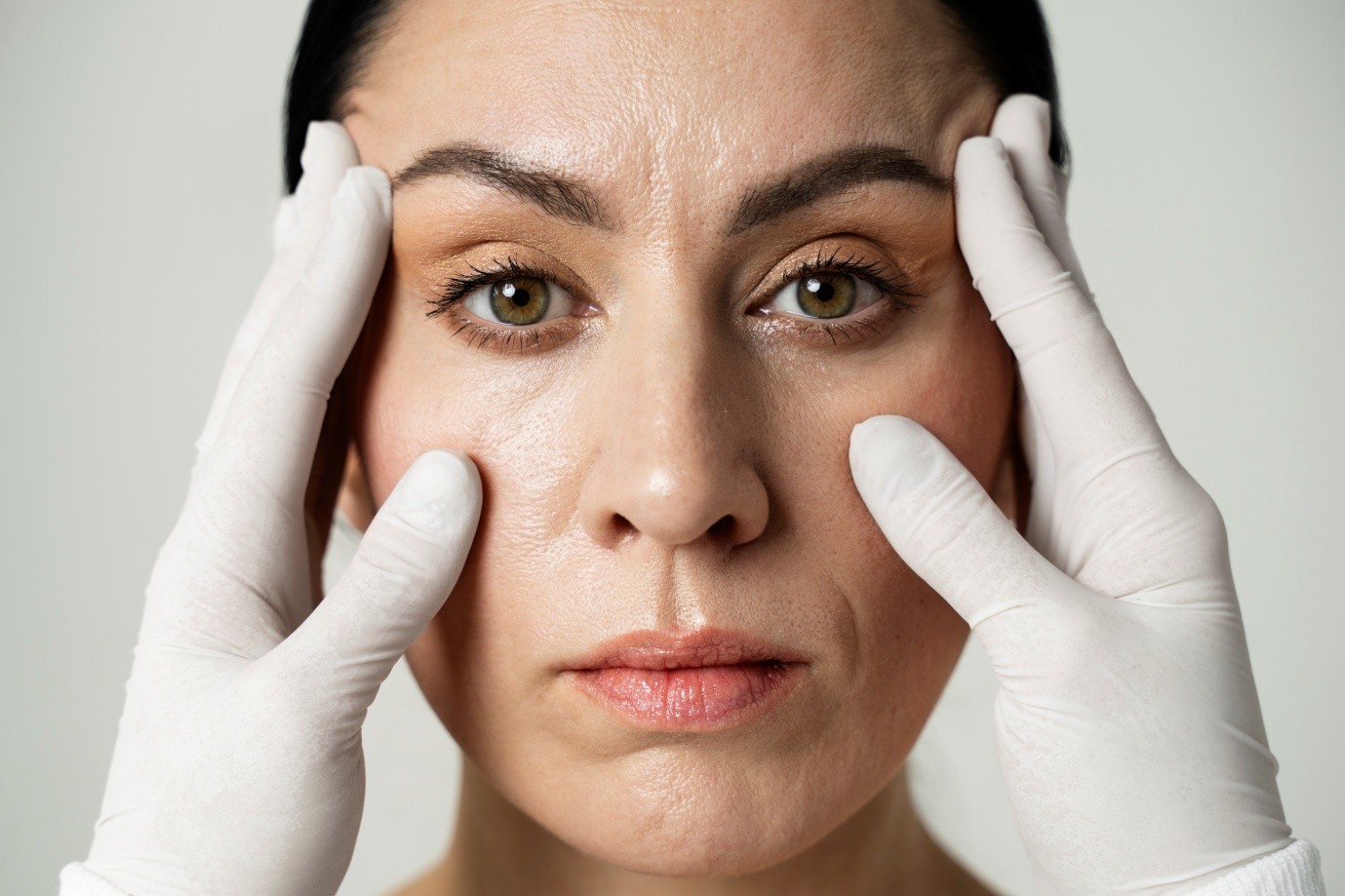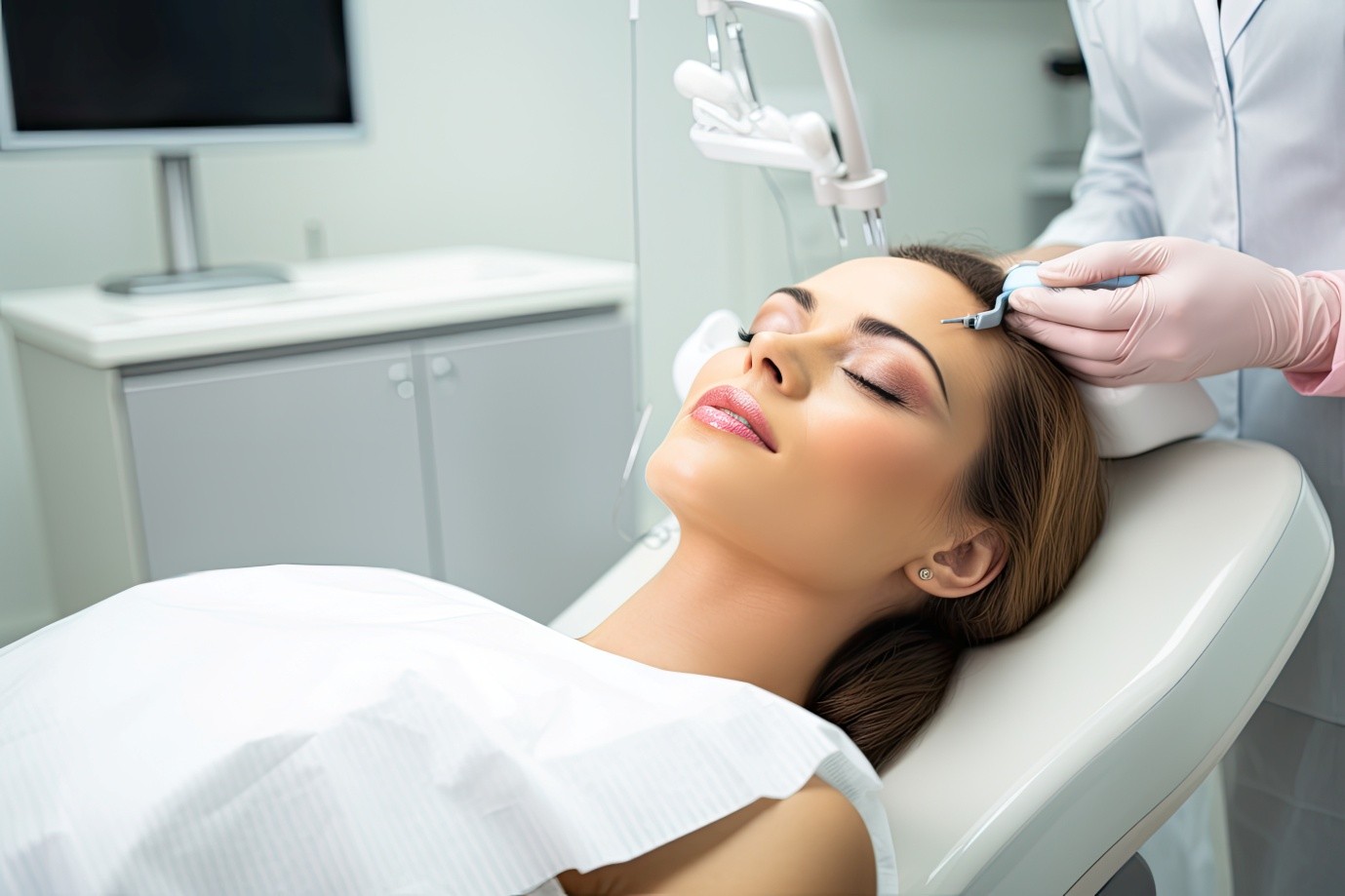Is the Vampire Facelift Safe? Risks and Benefits You Need to Know
In the ever-evolving world of beauty treatments, the Vampire Facelift has gained immense popularity for its promise of rejuvenated, glowing skin—without surgery. Made famous by celebrities and influencers, this treatment uses your own blood to enhance collagen production, reduce fine lines, and restore volume. Sounds a bit mysterious? That’s part of the appeal—but also the reason many people pause and wonder: Is it safe?
In this blog, we’ll take a deep dive into what the Vampire Facelift involves, its potential risks, side effects, and the real benefits that are making it one of the most sought-after cosmetic treatments today.


What Is a Vampire Facelift?
Let’s clear up the name first—it’s not as scary as it sounds.
The Vampire Facelift is a non-surgical aesthetic procedure that combines Platelet-Rich Plasma (PRP) therapy with dermal fillers to enhance skin texture, tone, and volume. PRP is derived from your own blood and contains growth factors that stimulate collagen production and cell regeneration.
Here’s a breakdown of the typical process:
- Blood is drawn from your arm.
- It is spun in a centrifuge to separate the platelet-rich plasma.
- The PRP is injected into targeted areas of your face, along with hyaluronic acid-based fillers if needed.
- These growth factors work to stimulate new tissue growth, promote healing, and give your skin a natural, youthful glow.
Why Is It Called a “Facelift”?
While it doesn’t involve cutting or stitches, the Vampire Facelift earns its name from its ability to lift and rejuvenate the face by:
- Smoothing out fine lines and wrinkles
- Improving skin tone and texture
- Restoring lost volume in cheeks, under-eyes, and nasolabial folds
- Enhancing the overall shape and contour of the face
The results are natural-looking, subtle, and improve gradually over weeks.
The Science Behind PRP: Why It Works
Platelet-Rich Plasma contains growth factors and proteins that are essential for healing and tissue regeneration. These components are commonly used in orthopaedics, sports medicine, and wound healing. When used on the face, PRP promotes:
- Collagen synthesis
- Angiogenesis (formation of new blood vessels)
- Cell turnover and tissue repair
By triggering your body’s natural healing mechanisms, PRP enhances skin elasticity, tightness, and brightness—making it a scientifically sound approach to facial rejuvenation.
Safety: Is the Vampire Facelift Risk-Free?
Now, let’s get to the most pressing question: Is the Vampire Facelift safe?
The Good News
Yes, generally speaking, the Vampire Facelift is considered very safe—especially because:
- PRP is autologous, meaning it comes from your own body. There’s minimal risk of allergic reactions, infections, or rejections.
- It is non-surgical, so there’s no cutting, scarring, or lengthy downtime.
- The use of sterile equipment and trained professionals ensures reduced chances of complications.
But like any medical or cosmetic procedure, there are potential side effects to be aware of.
Potential Risks and Side Effects
While uncommon, some side effects may occur, typically due to the injection process rather than the PRP itself:
Bruising and Swelling
Mild swelling and bruising around the injection sites are common but usually subside within 2–3 days.
Redness and Tenderness
Your skin may feel warm and sensitive post-treatment. This is part of the inflammatory response and should resolve within 48 hours.
Mild Pain or Discomfort
Since needles are involved, some pain or discomfort during and shortly after the procedure is possible.
Infection (Rare)
As with any treatment involving injections, there is a very slight risk of infection if the area is not kept clean.
Unsatisfactory Results
If performed incorrectly or by an unqualified provider, the outcome might not meet expectations. That’s why choosing a trained professional is key.
Benefits of the Vampire Facelift
Now for the exciting part—the benefits that are making this treatment a hit worldwide.
Natural-Looking Results
Since it uses your own platelets, the Vampire Facelift encourages your body to heal and rejuvenate from within, delivering subtle and natural improvements.
Enhanced Collagen Production
This is one of the biggest long-term benefits. Increased collagen means firmer, plumper, and more elastic skin—delaying the signs of aging.
Minimal Downtime
Most people resume normal activities within a day or two. There’s no cutting, scarring, or extensive recovery time involved.
Improved Skin Tone and Texture
The growth factors in PRP help reduce pigmentation, shrink pores, and even out skin tone—giving you a radiant complexion.
Customizable
The procedure can be tailored to your unique facial structure and needs. Whether it’s plumping cheeks or reducing under-eye hollows, it offers versatility and personalization.
Who Is the Ideal Candidate?
The Vampire Facelift is best suited for individuals who:
- Are noticing early signs of aging (wrinkles, dullness, loss of volume)
- Prefer non-surgical, minimally invasive solutions
- Want natural results without foreign substances
- Have realistic expectations
It is not recommended for those with:
- Active skin infections or inflammation
- Blood disorders or clotting issues
- Autoimmune conditions affecting platelets
- Pregnant or breastfeeding women
A proper consultation with a qualified professional can determine your suitability.
How Long Do the Results Last?
One of the standout features of the Vampire Facelift is that the results build gradually and can last 12 to 18 months, depending on:
- Your skin condition
- Lifestyle habits (smoking, sun exposure)
- Skincare regimen
- Number of sessions
Most practitioners recommend a series of treatments spaced weeks apart for optimal and longer-lasting effects.
What to Expect During and After the Procedure
During:
- A blood sample is drawn
- PRP is separated using a centrifuge
- Skin is numbed with a topical cream
- PRP and/or filler is injected into targeted areas
The session usually takes 60–90 minutes.
After:
- Mild swelling or redness
- Instructions to avoid sun, makeup, and touching the face for 24 hours
- Visible improvements begin in 3–4 weeks, with optimal results in 2–3 months
Comparing to Other Treatments
The Vampire Facelift is often weighed against popular cosmetic options like Botox, dermal fillers, and microneedling. While all of these treatments aim to rejuvenate the skin, they differ in how they work and what results they deliver. Botox, for example, temporarily paralyzes facial muscles to reduce wrinkles, typically lasting around 3 to 6 months. Dermal fillers, on the other hand, add volume and contour, with results lasting between 6 to 12 months, but they don't trigger natural collagen production.
Microneedling does promote collagen like the Vampire Facelift, but its effects tend to be more surface-level and shorter-lived. What makes the Vampire Facelift stand out is its ability to both restore volume and stimulate natural skin regeneration—thanks to the PRP component. With effects that last up to 12 to 18 months and minimal downtime, it offers a unique combination of longevity, subtlety, and holistic enhancement that many other treatments can’t match.
Final Thoughts: Is It Worth It?
The Vampire Facelift is a modern marvel in aesthetic medicine—harnessing your body’s natural healing ability to reverse visible signs of aging. While not completely risk-free, it offers a safe, effective, and long-lasting solution for those seeking radiant skin without going under the knife.
If you're ready to rejuvenate your appearance, improve skin health, and boost your self-confidence—this might just be the age-defying treatment you've been searching for.

